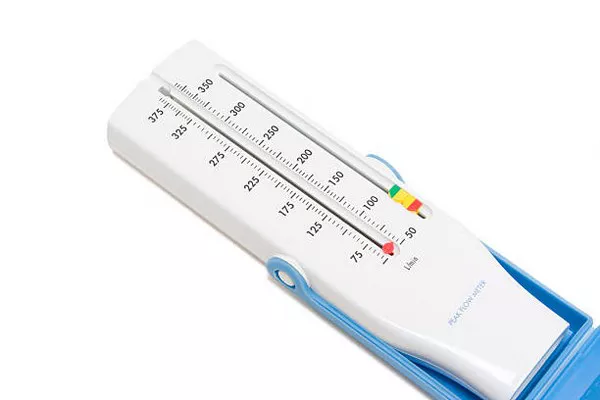Mercury barometers have long been an essential tool in meteorology, providing accurate measurements of atmospheric pressure. Developed in the 17th century by Italian physicist Evangelista Torricelli, this ingenious instrument revolutionized our understanding of atmospheric pressure and weather forecasting. In this article, we delve into the mechanics of mercury barometers, exploring how they work and their significance in modern science.
The Principles Behind Mercury Barometers:
At its core, a mercury barometer operates based on the fundamental principles of fluid mechanics and atmospheric pressure. The device consists of a long glass tube, closed at one end and filled with mercury. The open end of the tube is submerged in a basin of mercury. When the tube is upright, the mercury in the tube settles at a certain height, with a vacuum existing above the mercury column.
Understanding Atmospheric Pressure:
The weight of the air above the mercury in the basin exerts pressure on the mercury surface, causing it to rise in the tube. This pressure, known as atmospheric pressure, varies with altitude and weather conditions. At sea level, the average atmospheric pressure is approximately 1013.25 millibars (mb) or 29.92 inches of mercury (inHg).
Balancing Atmospheric Pressure:
The mercury column in the tube rises until it reaches a height where the weight of the mercury column equals the atmospheric pressure pushing down on the mercury surface in the basin. At this point, equilibrium is established, and the height of the mercury column becomes a direct measure of atmospheric pressure. A higher column indicates higher pressure, while a lower column indicates lower pressure.
Role of Gravity:
Gravity plays a crucial role in the operation of mercury barometers. The density of mercury is much greater than that of air, allowing the relatively short mercury column to balance the pressure exerted by the much taller column of air above it. Additionally, the consistent acceleration due to gravity ensures uniformity in the measurements.
Effects of Temperature:
Temperature variations can influence the accuracy of mercury barometers. Changes in temperature cause the mercury to expand or contract, leading to fluctuations in the height of the mercury column. To mitigate this effect, modern mercury barometers often incorporate temperature compensation mechanisms or are housed in temperature-controlled environments.
Applications of Mercury Barometers:
Mercury barometers have diverse applications across various fields:
Meteorology: Mercury barometers are fundamental instruments in weather forecasting and meteorological research. They provide essential data for monitoring atmospheric pressure patterns, which are critical for predicting weather changes and severe weather events.
Aviation: In aviation, accurate knowledge of atmospheric pressure is essential for flight planning, navigation, and ensuring aircraft safety. Pilots rely on barometric altimeters, which use mercury barometer principles, to determine altitude above sea level.
Laboratory Research: Mercury barometers are also used in laboratory settings for experiments requiring precise measurements of atmospheric pressure. They serve as reference standards for calibrating other pressure-measuring instruments.
Industrial Applications: Certain industrial processes, such as vacuum systems and chemical manufacturing, require precise control of pressure conditions. Mercury barometers are employed to monitor and regulate pressure levels in these applications.
Safety Considerations:
While mercury barometers offer accurate pressure measurements, they pose environmental and health risks due to the toxic nature of mercury. Mercury spills can contaminate soil and water, leading to adverse health effects on humans and wildlife. Consequently, the use of mercury barometers has declined in favor of alternative pressure measurement techniques, such as aneroid barometers and digital pressure sensors.
See Also What Quantity Is Measured By The Anemometer?
Conclusion:
Mercury barometers have played a significant role in advancing our understanding of atmospheric pressure and weather phenomena. Despite their declining usage due to environmental concerns, they remain invaluable tools in meteorology, aviation, and scientific research. By comprehending the mechanics of mercury barometers, we gain deeper insights into the intricate workings of the atmosphere and its influence on our daily lives.

